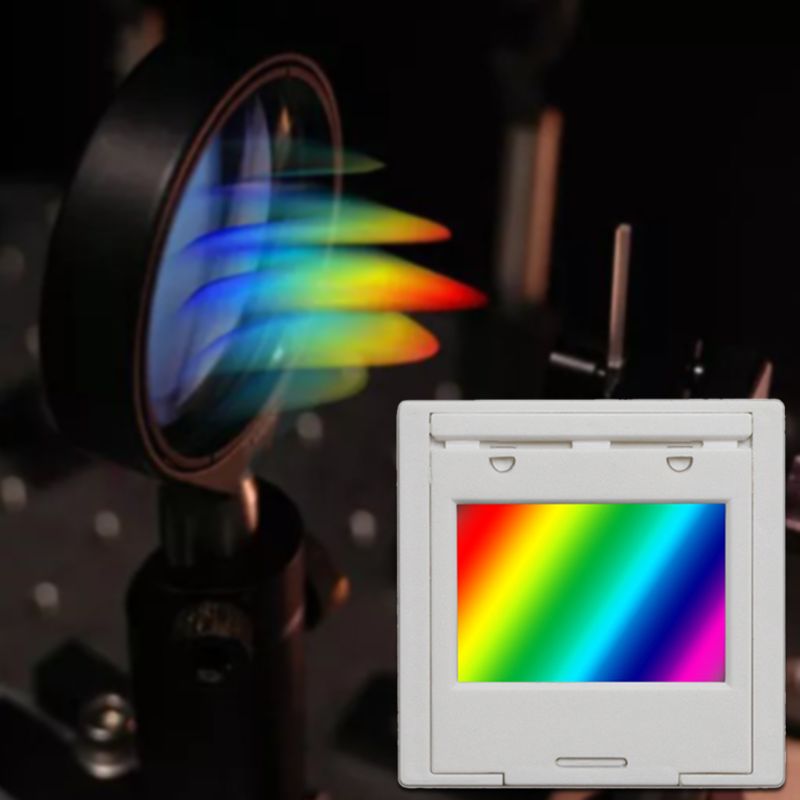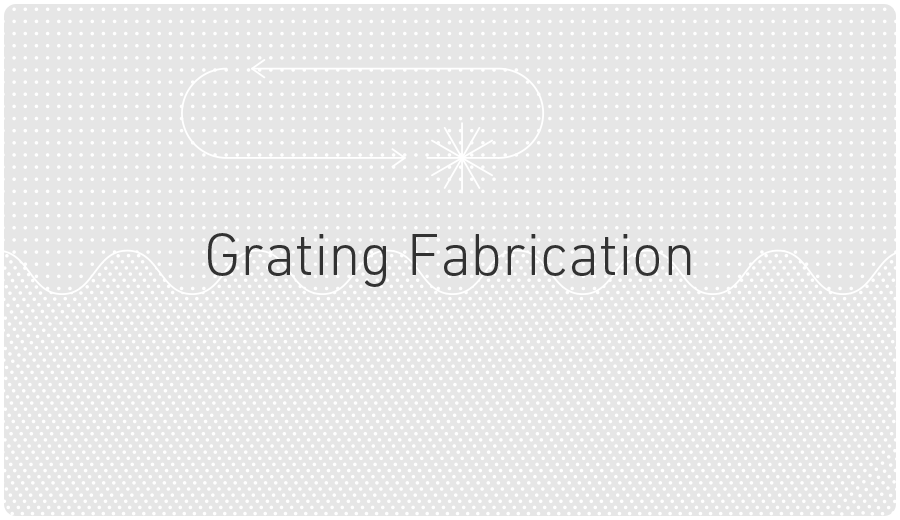

“The HELD gratings are advancements over the NIF ARC-like gratings, allowing for significantly higher energy outputs and access to new regimes of science,“ said LLNL Senior Laser Scientist Hoang Nguyen, leader of the NIF & Photon Science Diffractive Optics Group. Pulse-compression gratings must be sufficiently large, efficient, and robust to withstand the high-fluence (energy density) laser pulses generated by petawatt-class lasers like NIF’s Advanced Radiographic Capability (ARC). Petawatt and multi-petawatt lasers rely on a Nobel Prize-winning technology called chirped-pulse amplification to stretch, amplify, and then compress a high-energy laser pulse to avoid damaging optical components. They were developed in a collaboration involving LLNL’s Diffractive Optics Group, ELI-Beamlines, Spectra Physics–Newport of Milpitas, California, and National Energetics of Austin, Texas. LLNL’s HELD gratings, which received a 2022 R&D 100 Award as one of the top 100 industrial inventions worldwide, can deliver 3.4 times more total energy than current state-of-the-art technology. The stretching and compression devices (the gratings) that ensure different color components of the pulse travel different distances are susceptible to damage from redirecting beam pulses carrying petawatt loads. In chirped-pulse amplification, an ultrashort laser pulse is amplified to the petawatt level, with the laser pulse being stretched out temporally and spectrally, then amplified, and then compressed again. Multi-petawatt laser technology opens the door to groundbreaking research in areas such as plasma and high energy density physics, astrophysics, laser-driven particle acceleration, enhanced medical diagnostics, industrial processing techniques, and nuclear materials detection. Meter-scale HELD gratings have the potential to facilitate future 20-to-50-petawatt-class ultrafast laser systems. Members of LLNL’s Diffractive Optics Group with four of the 85×70-centimeter HELD gratings to be installed in the ELI-Beamlines L4-ATON laser system. L4-ATON can generate 1.5 kilojoules (kJ) of energy in 150-femtosecond (quadrillionths of a second) pulses, equal to an unprecedented 10 petawatts of power, at a repetition rate of one shot per minute.

The high-energy, low-dispersion (HELD) multi-layer dielectric gratings will be installed in the L4-ATON laser system at the ELI-Beamlines Facility in the Czech Republic. A petawatt is about 1,000 times the capacity of the entire U.S. LLNL researchers and their collaborators have developed new high-energy pulse compression gratings that will be used in the world’s highest-power laser system, designed to deliver up to 10 petawatts (quadrillion watts) of peak power.


 0 kommentar(er)
0 kommentar(er)
